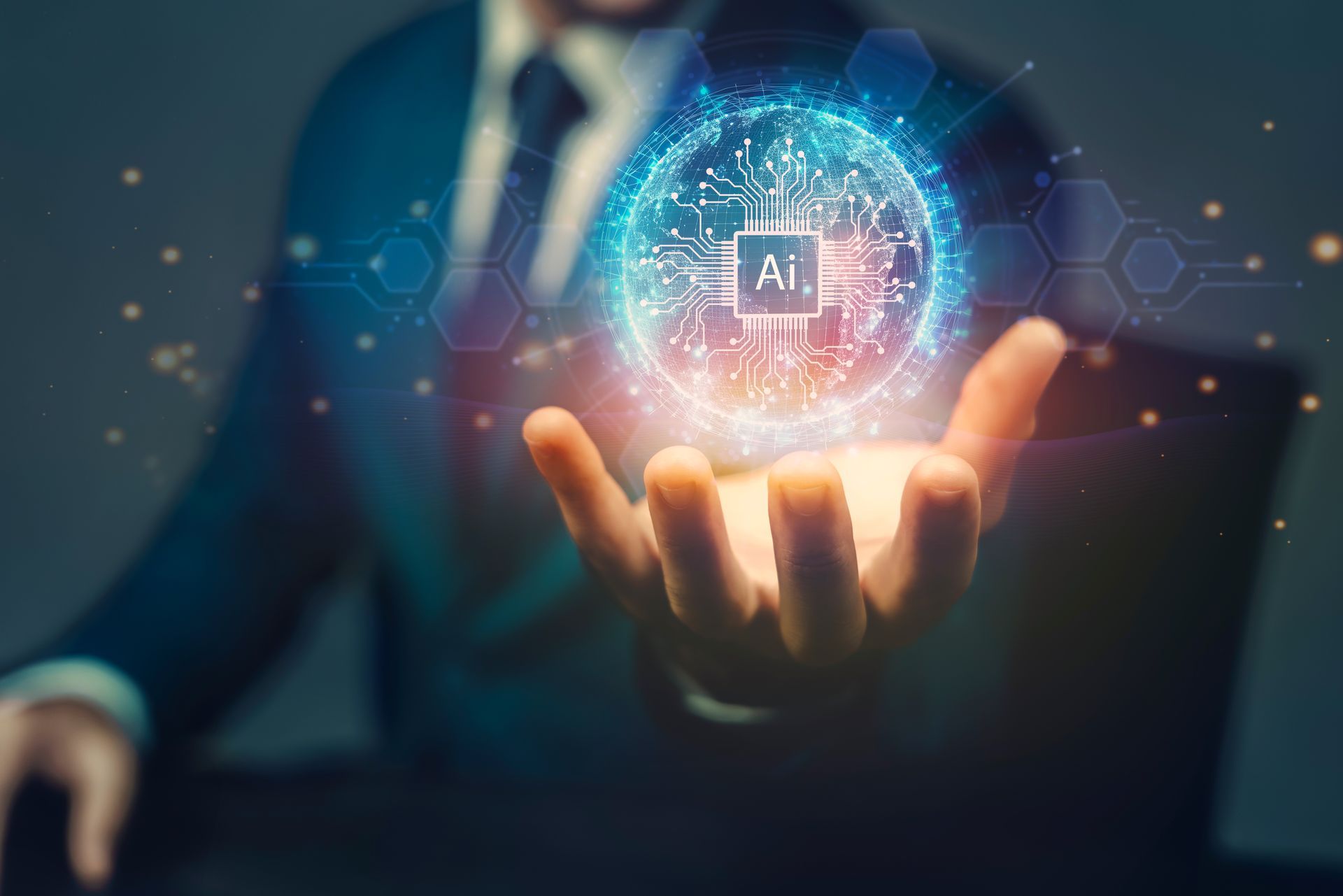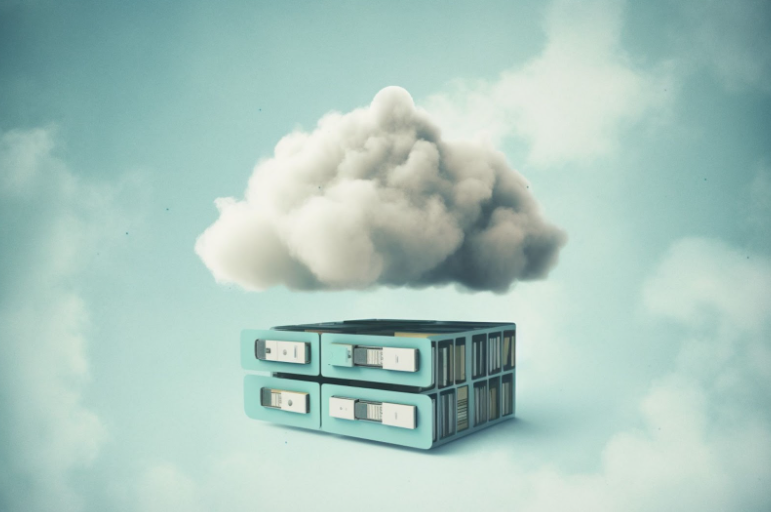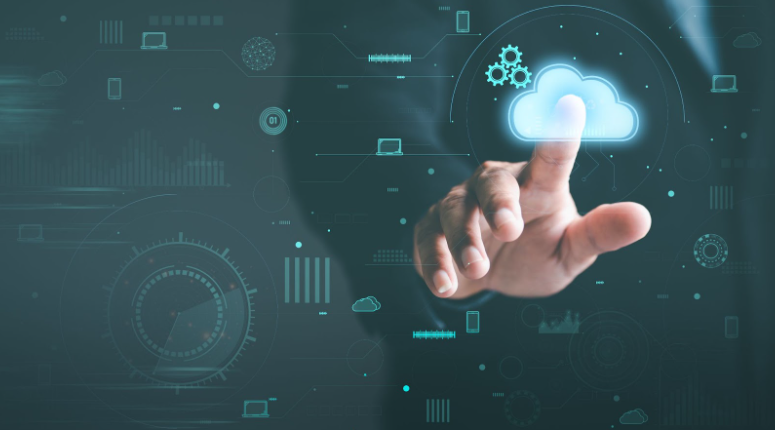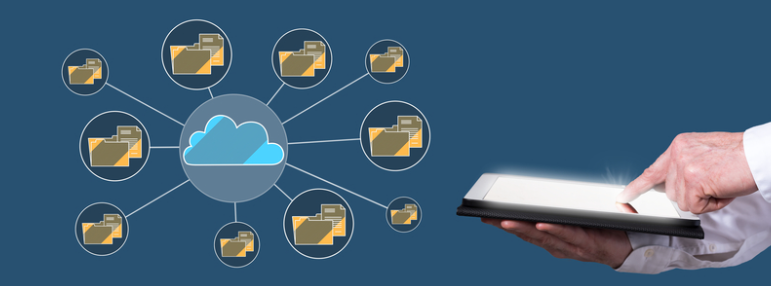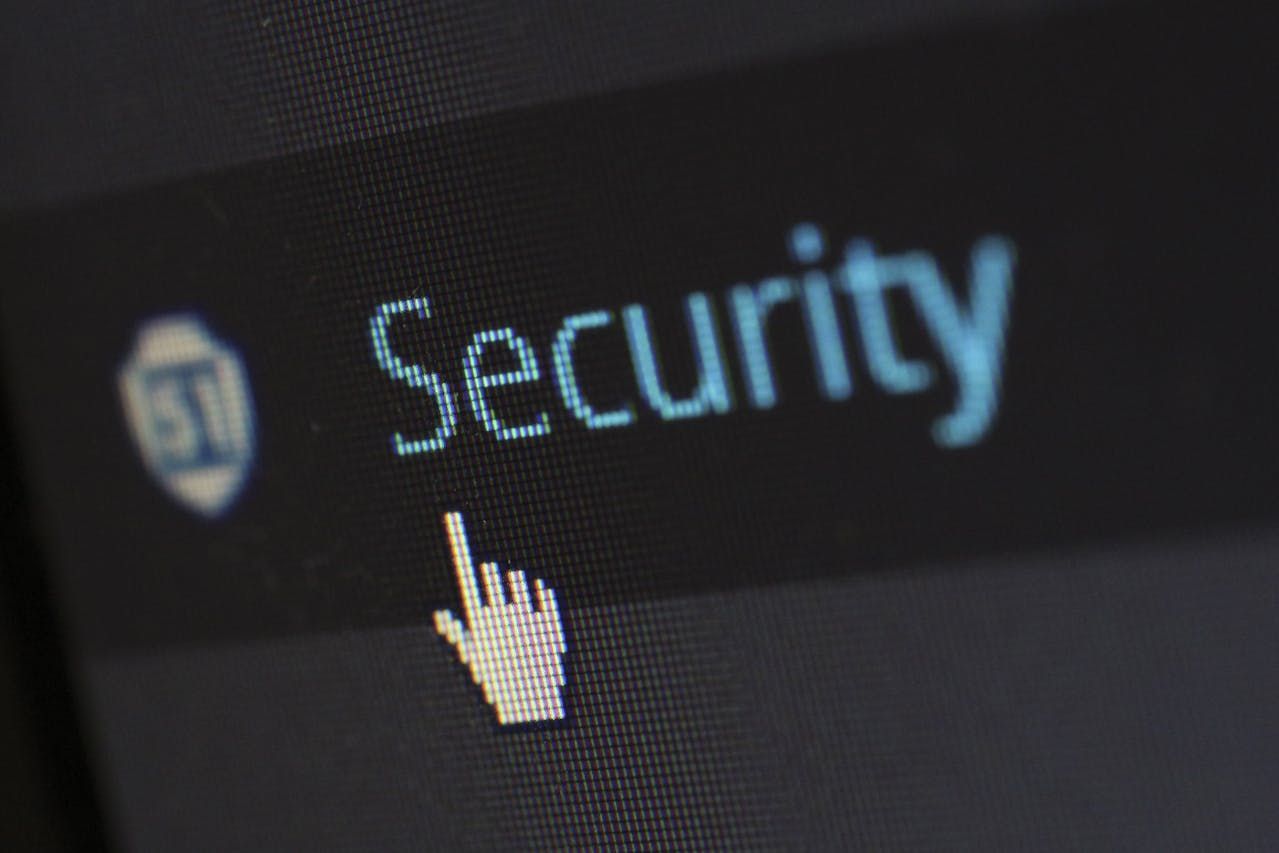Navigating Cyber Threats: Strategies for Enhancing Business Security
In the modern digital landscape, businesses face a multitude of cyber threats that can jeopardize their security and operations. Effectively navigating cyber threats requires a comprehensive approach that addresses vulnerabilities across various aspects of a business's operations. By understanding the nature of cyber threats and implementing proactive measures, organizations can safeguard their sensitive information and maintain the trust of their customers and stakeholders.
Understanding Cyber Threats: An Overview
In today's digital era, businesses of all sizes find themselves at risk of cyber threats, a term that encompasses various forms of malicious activities aimed at damaging or stealing data, as well as disrupting digital life in general. Cyber threats can take multiple forms, including malware, phishing attacks, and ransomware, each capable of inflicting serious harm on organizations and individuals alike.
The Importance of Cybersecurity
As businesses increasingly rely on digital technologies for operations, the potential for cyberattacks grows. Cybersecurity measures are crucial not just for protecting sensitive information but also for ensuring the continuity of business operations. Without adequate protection, businesses expose themselves to the risk of data breaches, financial losses, and damage to their reputation, which can sometimes be irreparable.
Recent statistics further underscore the critical need for robust cybersecurity measures. According to a report by Cybersecurity Ventures, cybercrime damages are expected to cost the world $6 trillion annually by 2021, up from $3 trillion in 2015. This stark increase demonstrates how cybercrime rates are escalating at an alarming rate, making it one of the most significant threats to businesses worldwide. The FBI's Internet Crime Report noted that the Internet Crime Complaint Center received 467,361 complaints in 2019—an average of nearly 1,300 every day—highlighting how prevalent these threats have become.
In regions served by Orion Integration Group the landscape of cyber threats mirrors national and global trends. Businesses in these areas must stay vigilant and proactive in their cybersecurity efforts to safeguard against the evolving tactics of cybercriminals. The rising rate of cybercrime not only represents a significant risk to the financial well-being and operational integrity of companies but also underlines the necessity of investing in comprehensive cybersecurity strategies.
By understanding the extent and nature of cyber threats, businesses can better prepare and protect themselves in an increasingly interconnected world. Incorporating cybersecurity measures into the core of business operations is no longer optional; it's a critical step toward ensuring long-term success and resilience against the multitude of digital threats.
Deciphering Malware: Types and Tactics
Among many cyber threats lies malware—malicious software designed to infiltrate, damage, or disable computers and computer systems without the knowledge of the user. Malware’s origins trace back to the early days of personal computing, evolving from simple experiments into sophisticated tools used in cybercrime.
There are several common types of malware, each with its mode of infection and damage. Viruses attach themselves to clean files and spread uncontrollably, corrupting system functionality and destroying data. Worms exploit network vulnerabilities to spread across systems, often causing widespread harm. Trojans disguise themselves as legitimate software, tricking users into installing them, thereby granting access to systems.
Real-world examples include the WannaCry ransomware attack, which affected over 200,000 computers across 150 countries by exploiting a Microsoft Windows vulnerability. Similarly, businesses worldwide have suffered due to the infiltration by the Emotet Trojan, which initially emerged as a banking malware but evolved into a tool for delivering other types of malware.
The Menace of Phishing: Strategies and Consequences
Phishing is another prevalent cyber threat characterized by deceptive communications, usually emails, intended to steal sensitive data. Variations include spear phishing, targeting specific individuals or organizations, and whaling, focusing on high-profile targets.
Cybercriminals use sophisticated techniques in phishing attacks, such as crafting emails that mimic legitimate sources. These emails often contain malicious links or attachments designed to harvest personal and financial information. Case studies highlight the impacts, such as the attack on a well-known company where a phishing scam led to the theft of confidential employee data.
Preventive measures against phishing include educating employees about recognizing phishing attempts and implementing email filtering solutions.
Ransomware: Holding Data Hostage
Ransomware works by encrypting a victim's files, demanding payment in exchange for the decryption key. The impact on businesses can be devastating, leading to significant financial losses and operational downtime.
Notable attacks include the aforementioned WannaCry and the Cryptolocker attack, which collectively caused billions in damages. Preventing ransomware involves regular backups, using reputable antivirus software, and staying vigilant about suspicious emails and websites.
Understanding malware, phishing, and ransomware is crucial for businesses aiming to fortify their defenses against these pervasive threats. Implementing robust security measures and maintaining awareness of the evolving cyber threat landscape is key to safeguarding valuable digital assets.
Cyber Threats in Orion's Service Regions: A Closer Look
In the digital age, businesses within Orion Integration Group's service regions are not immune to the myriad cyber threats that plague the global digital landscape. Understanding these threats on a local level, recognizing real-case scenarios, and identifying effective countermeasures are pivotal steps toward fortifying defenses and ensuring business continuity.
The Types of Cyber Threats
Prevalent in these areas mirrors global trends, with malware, phishing, and ransomware attacks leading the pack. Local businesses, irrespective of size or industry, have faced significant challenges due to these threats. For instance, several entities in Southwest Idaho fell victim to sophisticated phishing scams, resulting in substantial financial losses and compromised customer data. Elsewhere, in Nevada, ransomware attacks disrupted the operations of key public sector organizations, highlighting the critical need for robust cybersecurity measures.
The implications of such breaches are profound. Apart from immediate financial damage and loss of sensitive data, businesses suffer long-term reputational harm, eroding customer trust and hampering future growth. In an age where trust is a currency, the impact of cyber threats extends well beyond the immediate fallout.
To counter these risks, Orion Integration Group has formulated a multi-pronged approach. Employing advanced threat detection and response tools, conducting regular security assessments, and fostering cybersecurity awareness among staff are cornerstone strategies. Sharing knowledge and insights on emerging threats equips businesses within these communities to better prepare and respond to cyber incidents.
The Road Ahead: Strengthening Defenses Against Cyber Threats
Looking forward, the challenge for businesses is to stay a step ahead of cybercriminals. Regular IT security assessments are integral to this cause, helping identify vulnerabilities before they can be exploited. Equally, understanding the ever-evolving landscape of cyber threats is crucial. As new technologies emerge, so do new vulnerabilities. Staying informed enables businesses to adapt their defenses in kind.
Businesses can also significantly
improve their cybersecurity posture through practical steps such as implementing multi-factor authentication, maintaining up-to-date backups, and educating employees on cybersecurity best practices. The role of professional IT services, like those offered by Orion Integration Group, is indispensable in this context. By offering expertise in advanced cybersecurity solutions and proactive threat monitoring, these services not only enhance a business's ability to fend off cyberattacks but also ensure they are well-positioned to respond effectively should an incident occur.
As businesses in Orion's service regions navigate the complex web of cyber threats, the emphasis should always be on proactive defense and constant vigilance. The digital realm is fraught with risks, but with informed strategies and expert support, businesses can protect their operations and thrive in the digital age.
Ready to enhance your cybersecurity defenses and protect your business from the ever-evolving threats of the digital age? Orion Integration Group offers cutting-edge cyber threat management solutions tailored to your needs.

